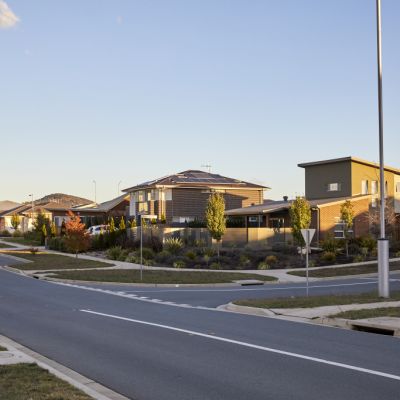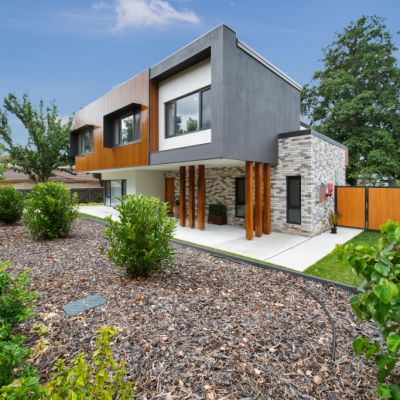As more Canberrans return to the office, where will this leave the housing market?
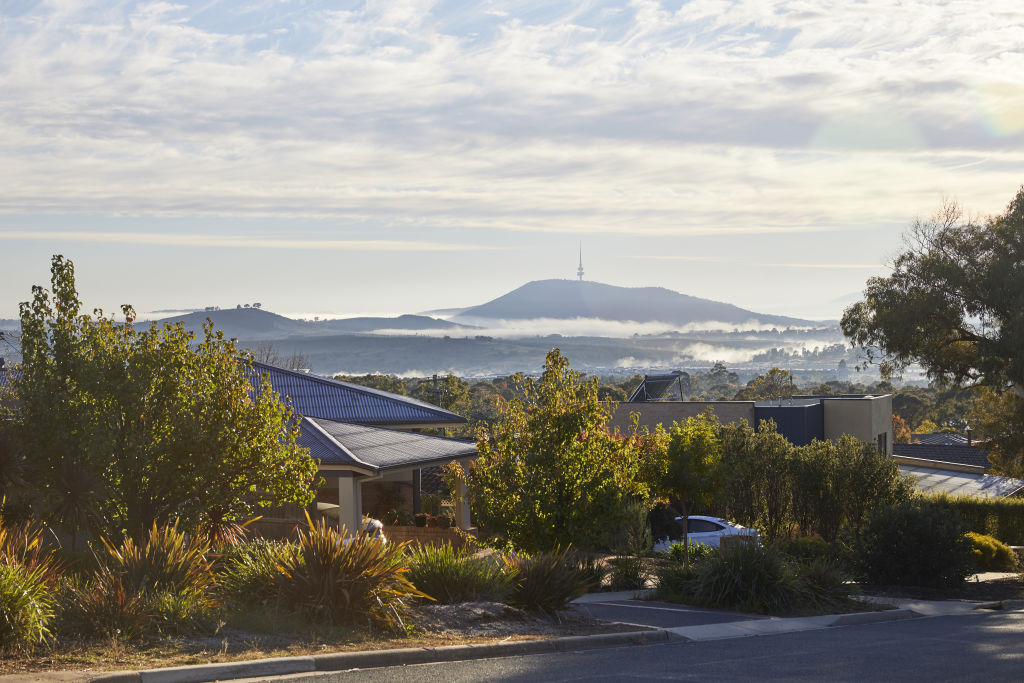
The return to in-person work has slowly resumed in Canberra but the idea of working from home has in no way lost its appeal for Canberrans, according to property experts.
Two years on from when COVID reached the capital’s borders, the property landscape in the city has only gone one way: up.
Not only did we see skyscraper buildings top out, but house prices climbed to record highs as people took advantage of low interest rates and many property hunters upsized as COVID-19 lockdowns forced people to work from home.
“At the start of COVID, buyers were spending money on a property that had a study or extra space in the yard because everyone was working from home,” said real estate agent Matt Sebbens of Blackshaw Belconnen.
“I think a lot of workplaces have that flexible working arrangement but we’re finding a lot of property hunters still want that space at home – they want to be prepared in case we go into another lockdown.”
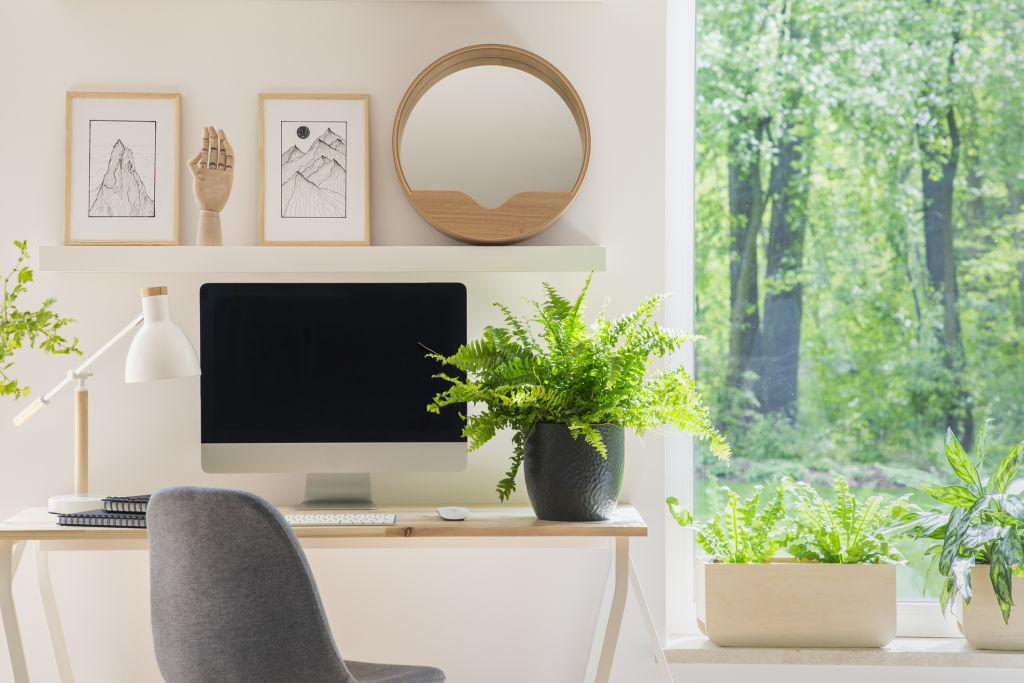
The demand for property has seen the city’s median house price reach $1,178,364 in the December quarter, up 11.3 per cent over the quarter and up 36.6 per cent year-on-year – the steepest quarterly and annual growth of all capital cities in Australia.
While the shortage of properties had exacerbated demand, since December the volume of listings has edged higher every week, not only in comparison to the previous four weeks but also when compared to the same periods a year previously.
The large number of properties scheduled to go to auction has reduced the urgency for prospective buyers to attend and has caused clearance rates to soften in recent weeks.
“Rather than buyers coming in and paying top dollar, they’re looking more closely at what they’re buying and the urgency to buy has almost diminished,” Mr Sebbens said.
“Despite workers returning on-site, I don’t think the return to the office will affect the housing market.”
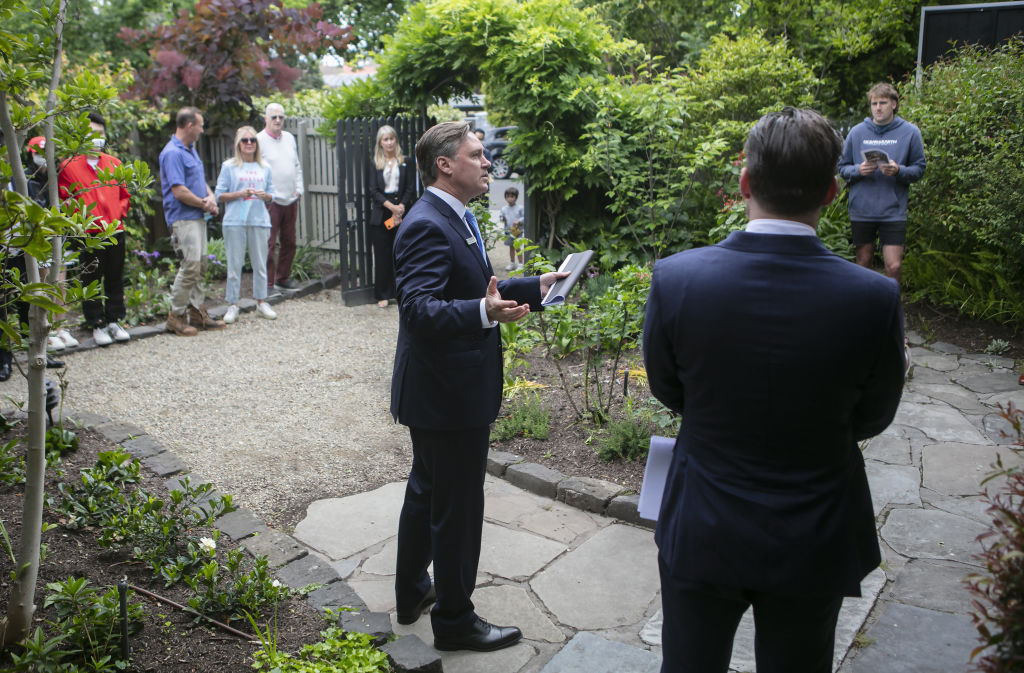
Domain chief of research and economics Nicola Powell said that, since the pandemic, “we’ve reimagined the way we live … it’ll be much harder to encourage people to go back to the office”.
“We’re over two years into this pandemic. That is a long time to be living differently and the impacts on our behaviour, I think, are going to be more long-lasting because it’s been such a long time,” she said.
“if you had the option to do hybrid work, I’d choose hybrid and I think a lot of people would choose that too.”

Interior designer Vanessa Hawes of architecture firm Paul Tilse Architects said some of the long-lasting trends brought on by the pandemic are study spaces and resort-style living.
“All these things were considered important pre-pandemic but their popularity shot up during COVID,” Ms Hawes said.
“Some people want a his-and-hers study space, even a kids’ study room too … and because we weren’t able to travel anywhere, people wanted a resort-style home with a pool.
“All that focus was existing before but people weren’t able to enjoy it until we were forced to stay home, and I think having that option is very important.”
We recommend
We thought you might like
States
Capital Cities
Capital Cities - Rentals
Popular Areas
Allhomes
More
